Supporting children, teenagers & their families
Embracing Abilities, Building Connections, Empowering Families
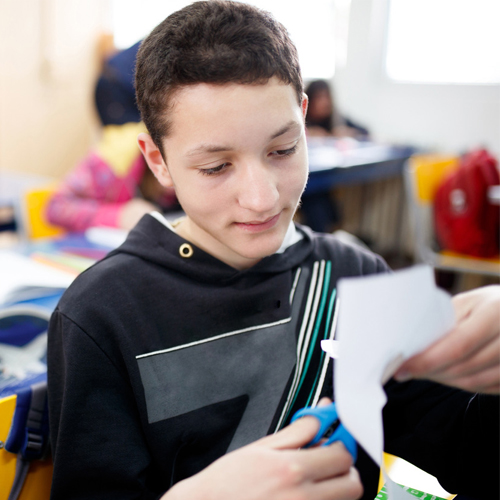
Who We Are
Grace Children’s Therapy is a professional service providing innovative and practical therapy for children and teenagers that have a disability or learning difficulty.
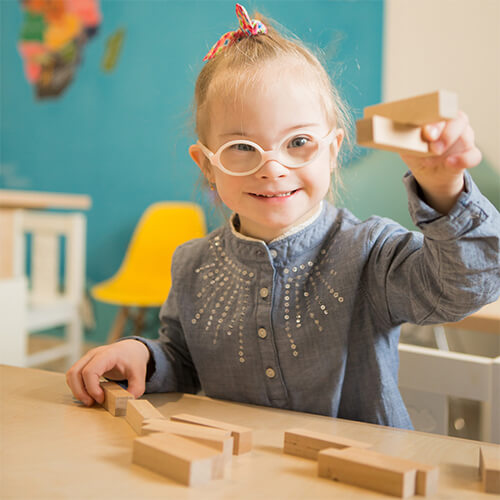
What We Do
We provide assessment and treatment for children with various disabilities and learning problems including; Autism, ADHD (ADD) Cerebral Palsy, Developmental Delays, PDD, Fragile X Syndrome, Down Syndrome.
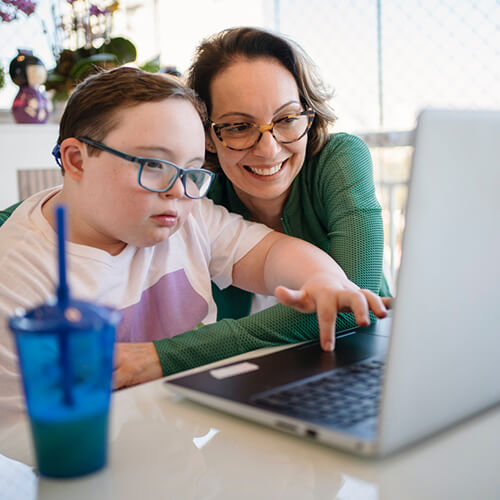
How We Do It
Our therapy plans are individually designed to suit your child’s therapy needs. We incorporate a sensory-motor approach to therapy, providing your child with a goal-oriented therapy session. Each session is prepared individually for your child because we recognise that each child has specific needs and learns differently.
We assist children that have problems with:
Concentrating
Sensory Processing Disorders
Anxiety with School Work
Body & Emotional Regulation
Handwriting
Gross Motor Skills
Visual Perception/Processing
Disability & Learning Disorders
Fine Motor Skills
Self-feeding Skills
Behavioural or Social Problems
Anxiety with New Foods
Getting Started with Grace Children’s Therapy
Why Grace Children's Therapy
We provide an individual therapy plan tailored for each child. We work in consultation with parents, teachers, schools, teacher-aids, child-care centres/pre-schools and other allied health professionals to ensure therapy transitions across all environments.
Autism & Learning
The Scerts framework guides our practice to ensure we are providing families with a functional and purposeful approach to therapy. Our therapists take a functional and social-emotional approach to therapy to maximise your child’s functional abilities, including their ability to communicate and regulate their emotional state.
Programs
At Grace Children’s Therapy we believe in providing quality intervention plans which includes direct therapy to children as well as parent, teacher and allied health education programs targeted towards improving outcomes & achieving positive long-term functional goals. Click here to view our range of programs.
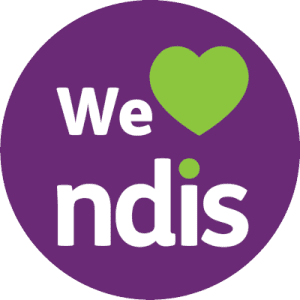
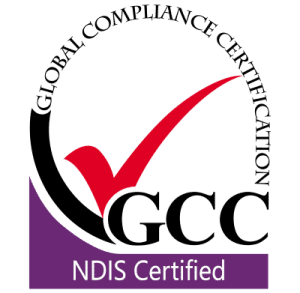
My Feeding Clinic
Our 10-week feeding program follows the evidence based SOS (Sequential Oral Sensory) approach to feeding. This interactive program is designed for your child to reach a range of possible feeding goals. Goals are individual and include things like improved table posture, reduced food anxiety, sensory resilience building and/or self-feeding.
The program works towards increasing dietary repertoire and confidence around new foods through a family centered care program.

